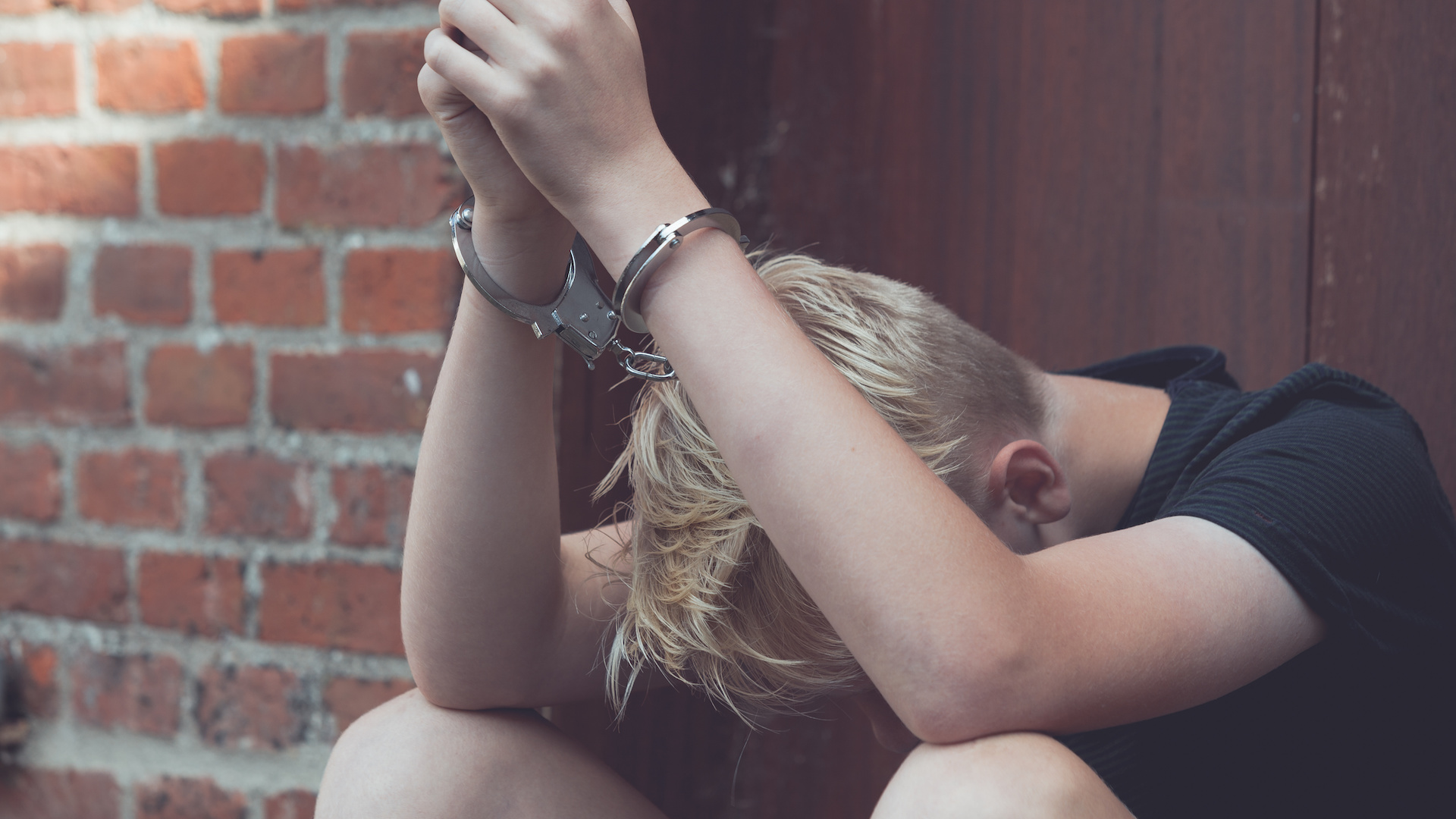
3 Common Questions About Juvenile Detention Centers
Fortunately for everyone, the criminal justice system in the United States differentiates between adults and children when a crime has been committed. When children and young adults are charged with a crime, there is the possibility that they will be taken to a juvenile detention center to await a court hearing, or to serve a sentence if convicted.
For those outside the criminal justice system, understanding what a juvenile detention center is and does can be difficult. The following are some of the most common questions we hear when representing juvenile offenders.
What Is A Juvenile Detention Center?
A juvenile detention center is a facility specifically for children and young adults (minors) who have been charged with a crime and are awaiting a court hearing, are serving short-term commitments, or awaiting out-of-home placement in another institution.
In Sonoma County, a very small percentage of minors apprehended by law enforcement are actually detained in juvenile detention and the balance are released to their parents or legal guardians.
Additionally, there are both state and county juvenile detention centers in California. Generally speaking, state juvenile detention centers are reserved for only the most violent and unmanageable offenders that county facilities are unable to accommodate safely.
Ready To Speak To An Attorney?
Call us now at (707) 540-2356
Who Goes To Juvenile Detention Centers?
Juvenile detention is typically used as a last resort when dealing with minors who have been charged with or convicted of a crime. Law enforcement and the courts prefer to release minors back into the custody of their parents or legal guardians, especially if the crime they’ve been charged with isn’t serious.
If releasing a youth back into the custody of parents or legal guardians isn’t feasible, whether because of unsafe living conditions or other extenuating circumstances, they may be taken to a juvenile detention center.
What Happens At Juvenile Detention Centers?
Juvenile detention is typically a highly structured environment that varies depending on the facility, but common components include:
- Comprehensive school programs
- Therapy and treatment services
- Medical care and wellness
Education and therapy/treatment are typical focal points in many juvenile detention centers, with mandatory daily classroom study accounting for the majority of how occupants spend their time.
After school, youths spend time in therapy, such as family focus group, drug and alcohol group, family intervention training, or anger management. After dinner, they might have supervised leisure activities, such as watching television, arts and crafts, or scheduled visitation.
Getting Help For Juvenile Offenders
While a juvenile detention center is a more preferable outcome than an actual prison sentence, they are by no means the best option if your child has been charged with a crime.
To learn more about juvenile defense and how to avoid juvenile detention for your child, please contact us today to discuss any charges your child may be facing and what we can do to help them avoid being sent away to any kind of facility.
REQUEST A FREE PHONE CONSULTATION
At Quinnan Law, we offer every client a free phone consultation to discuss their unique situation and determine how we can help. To arrange a consultation, please fill out the adjacent form or call us at: (707) 540-2356.
We provide representation in California State and Federal Courts. We accept most major credit cards for your convenience.
